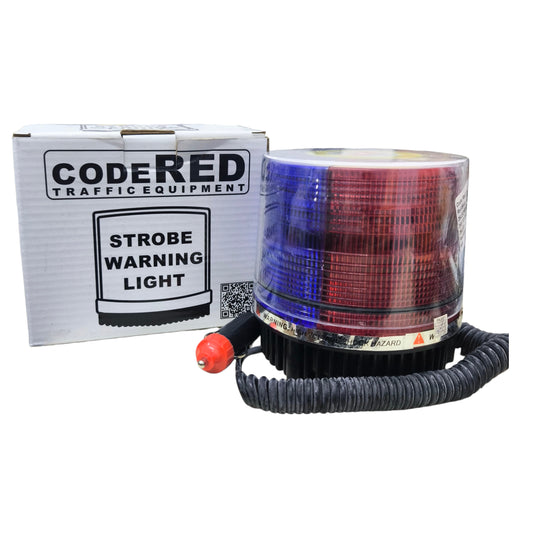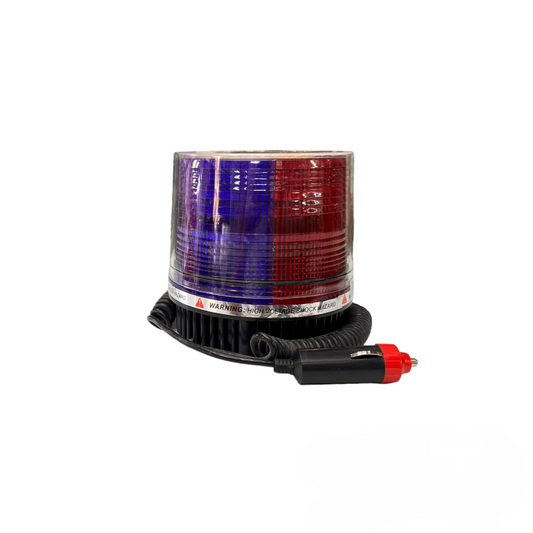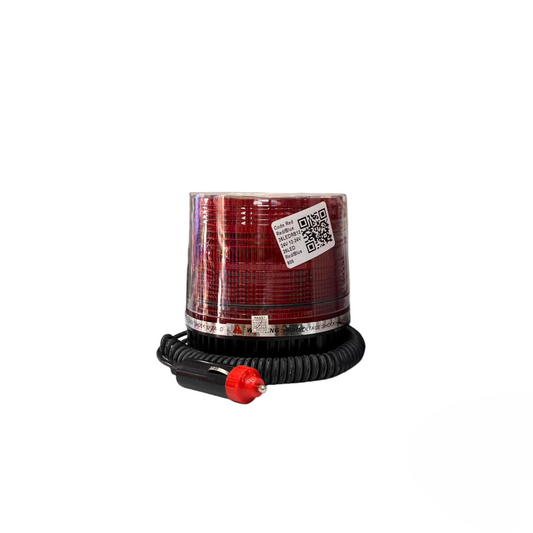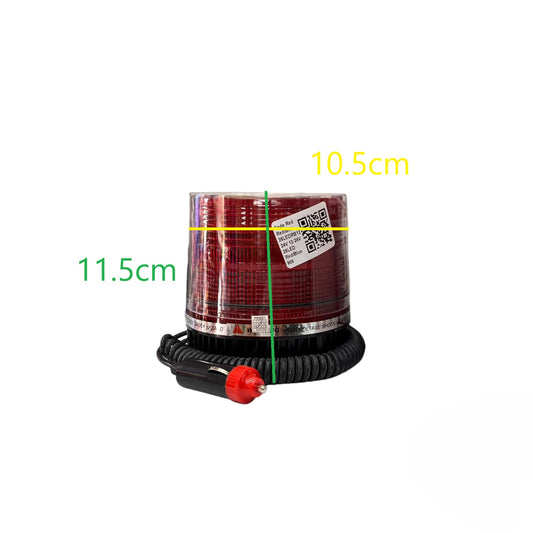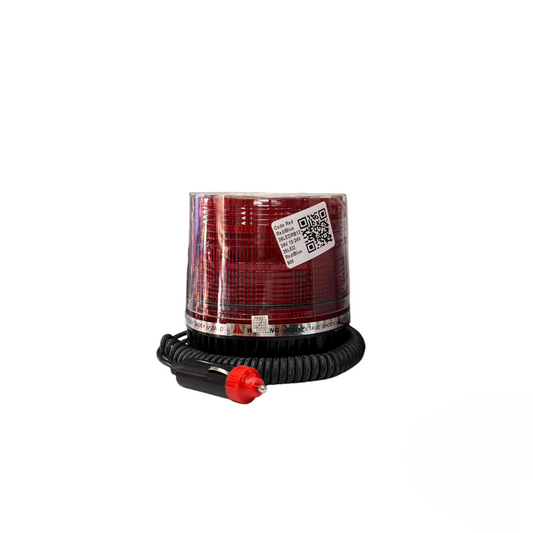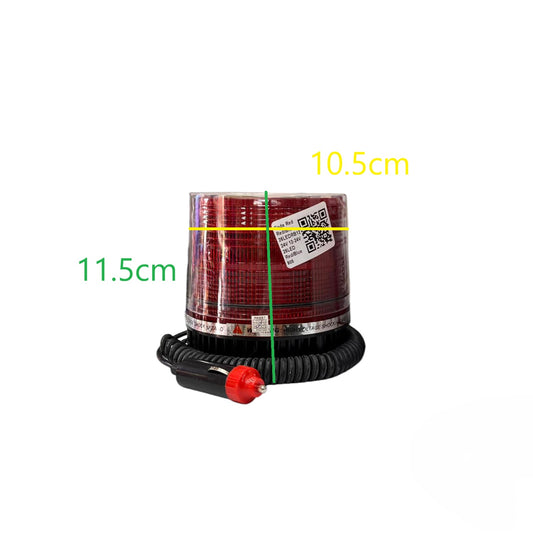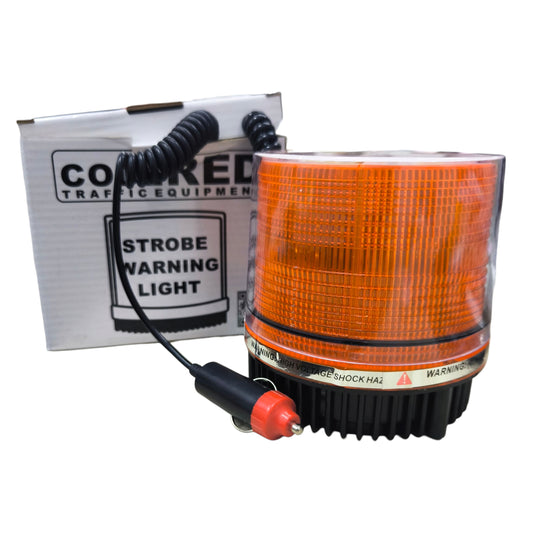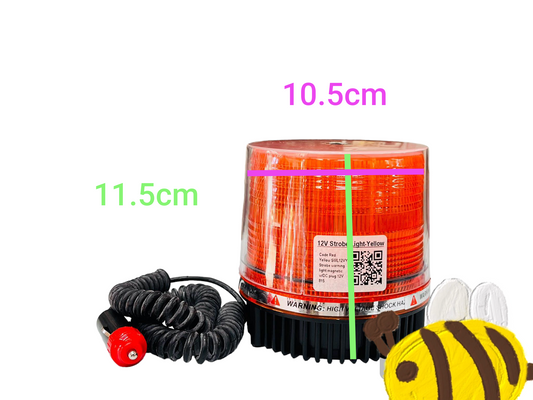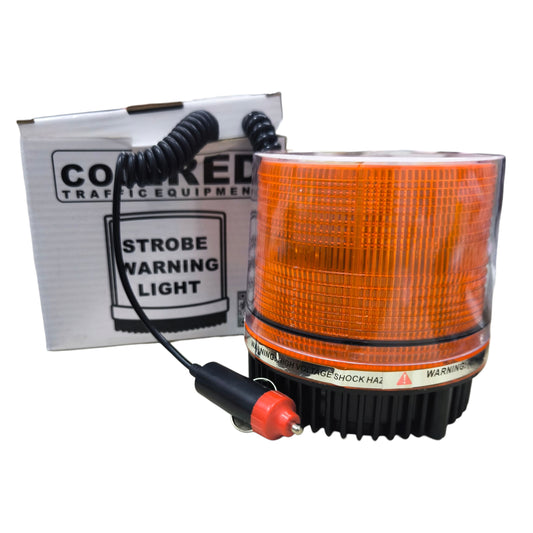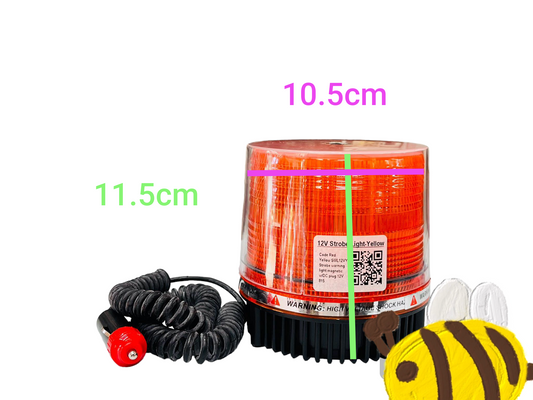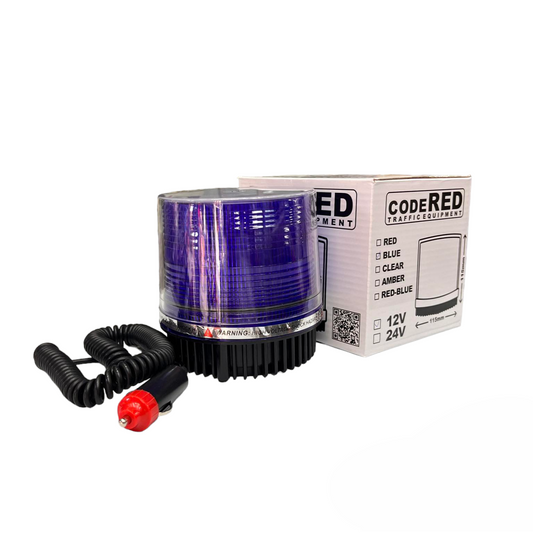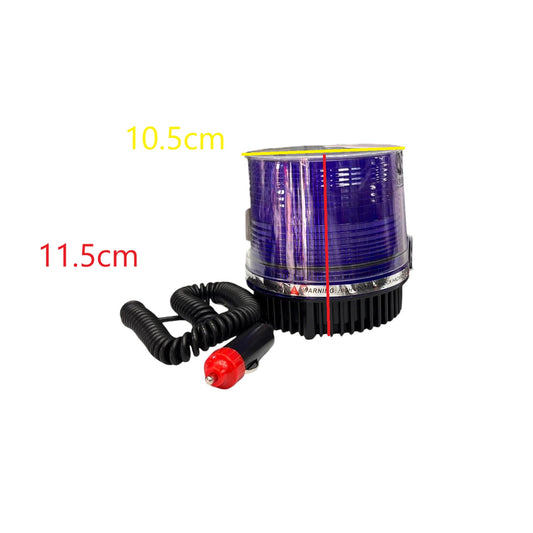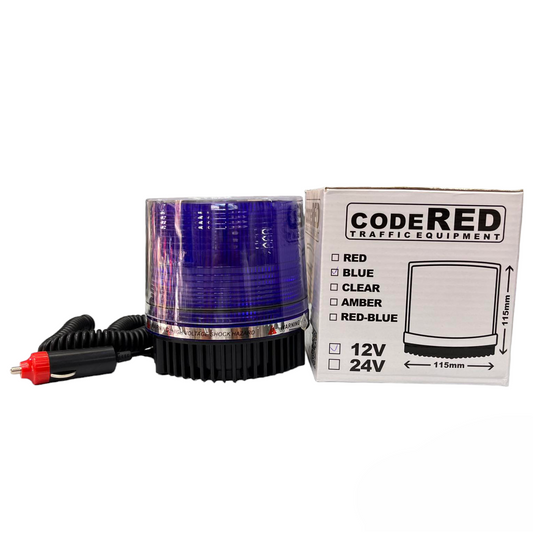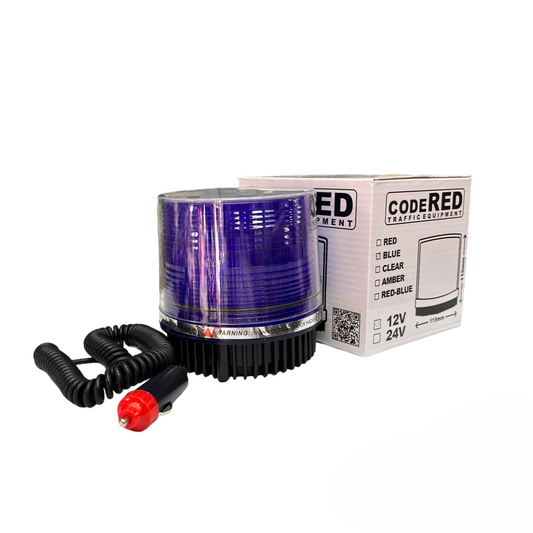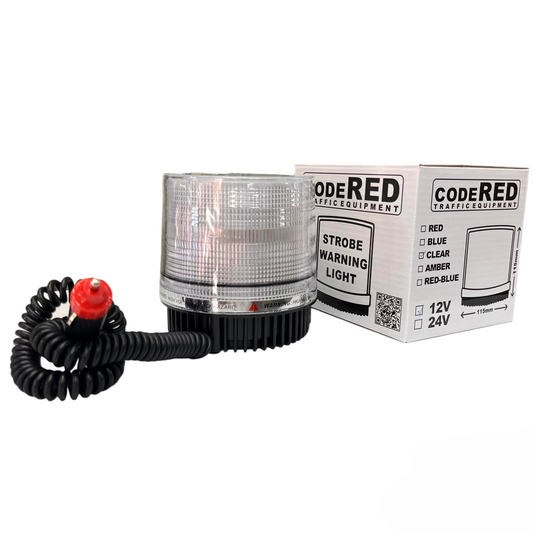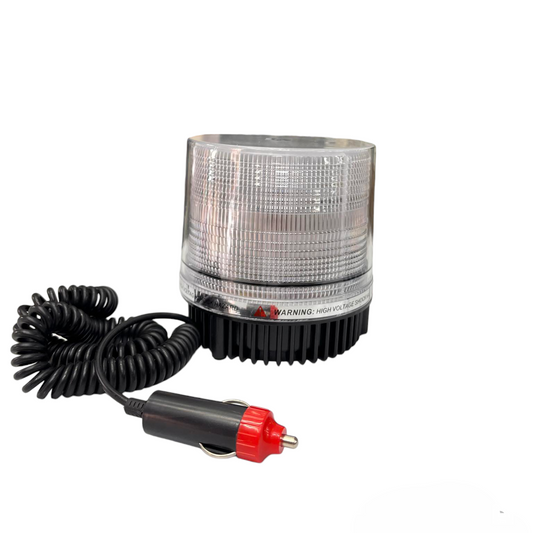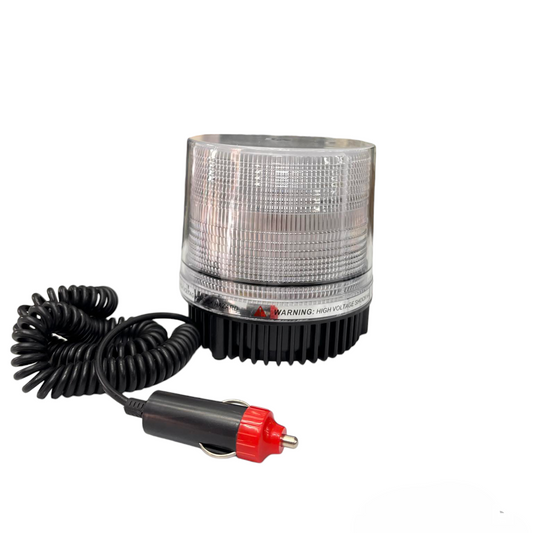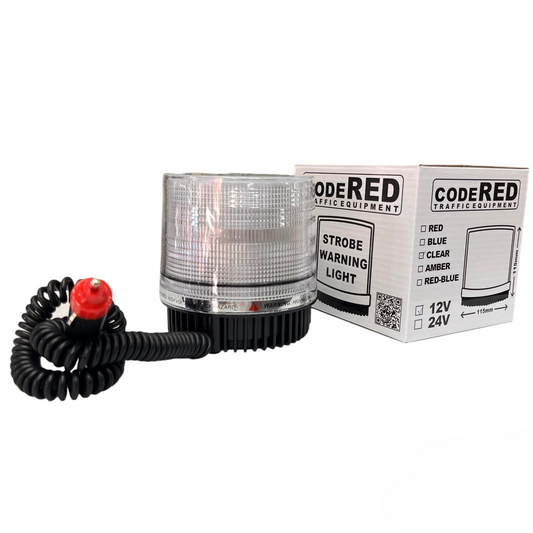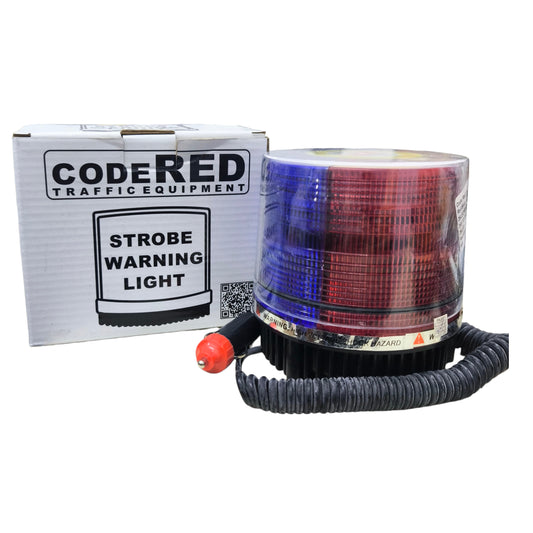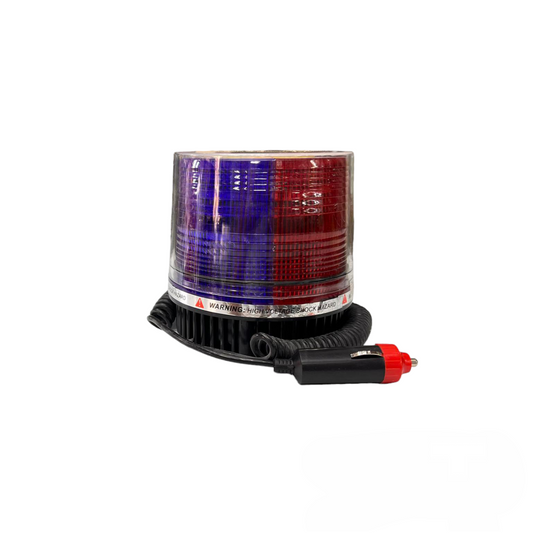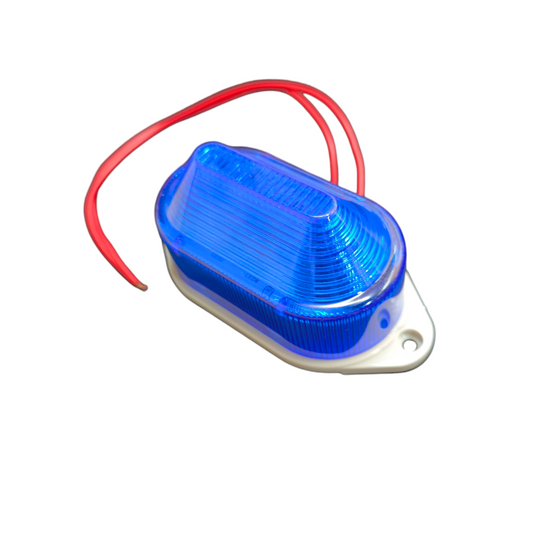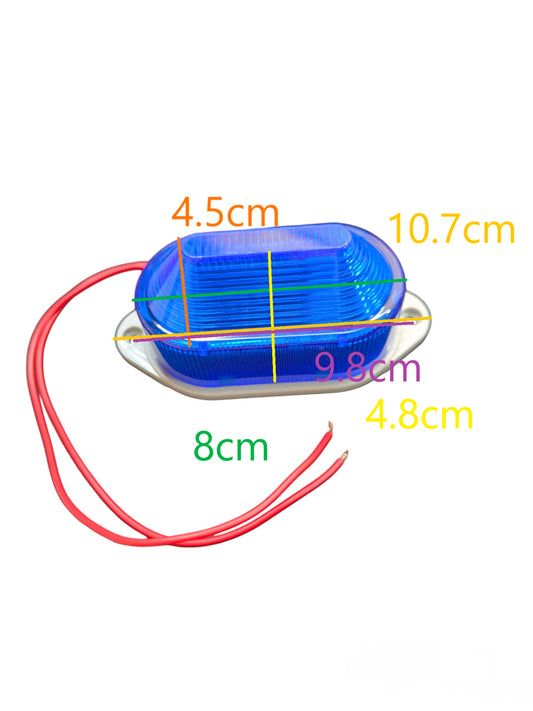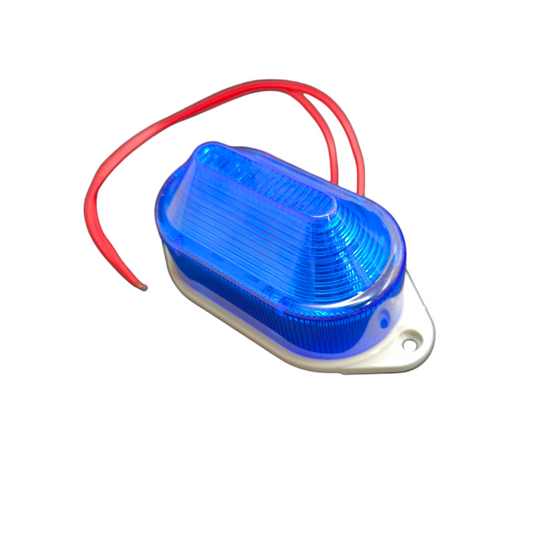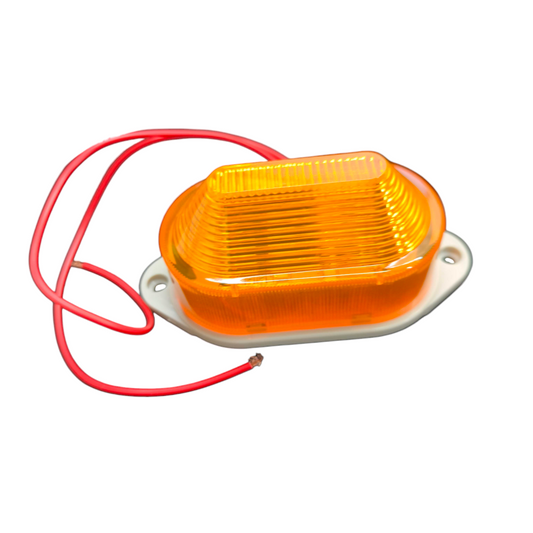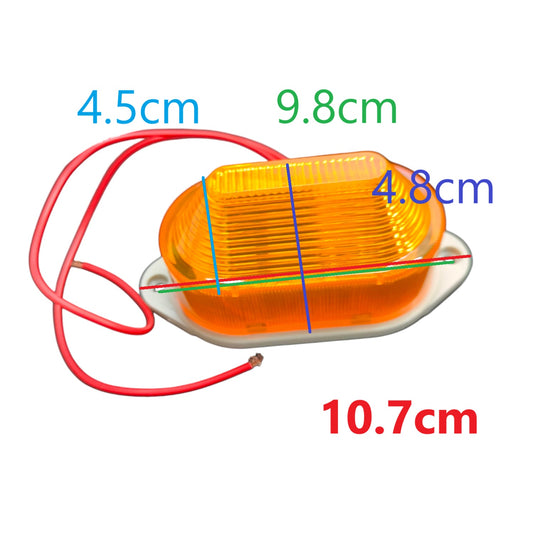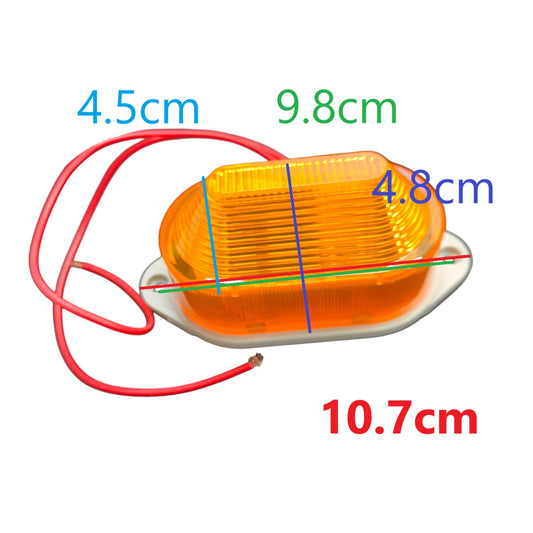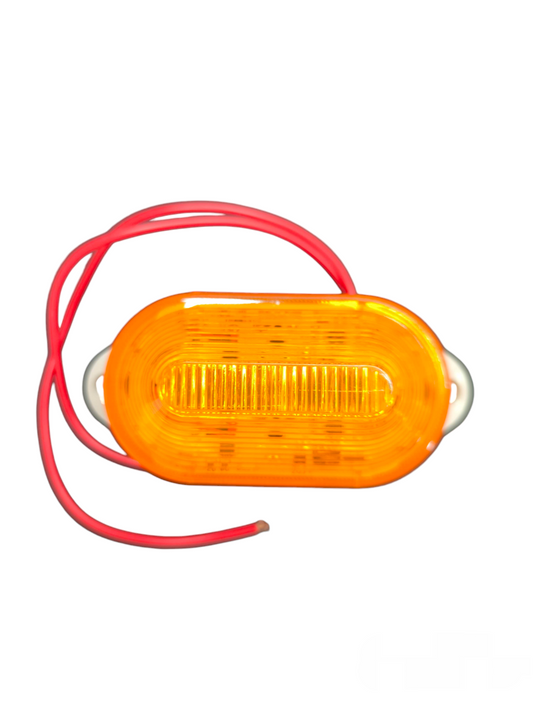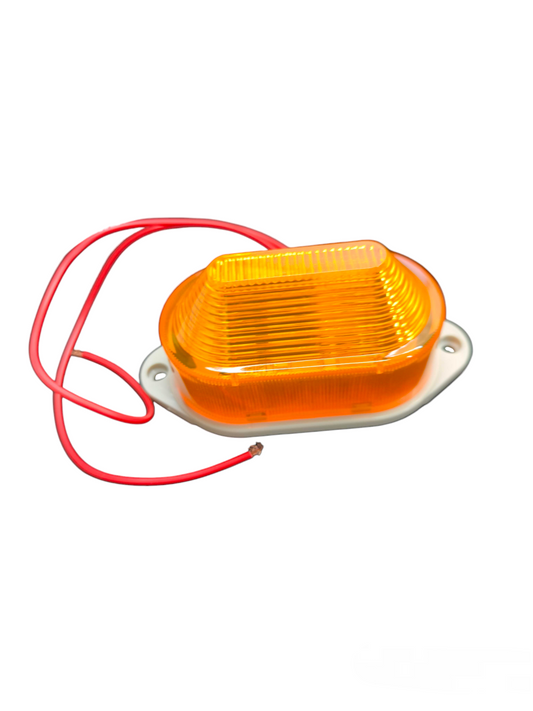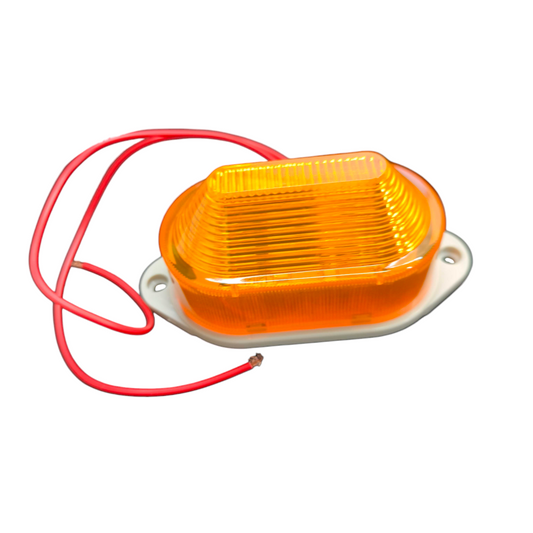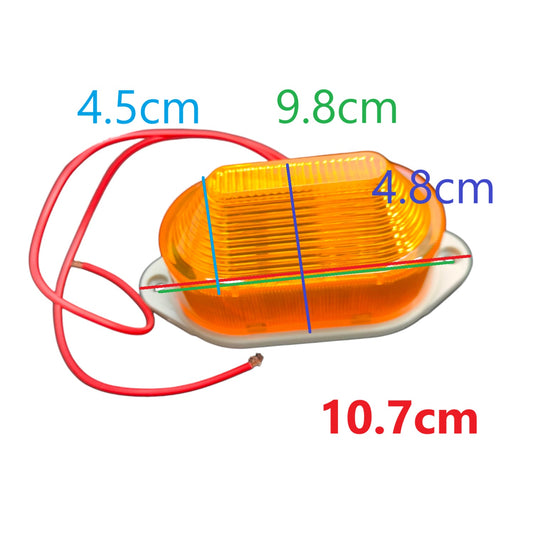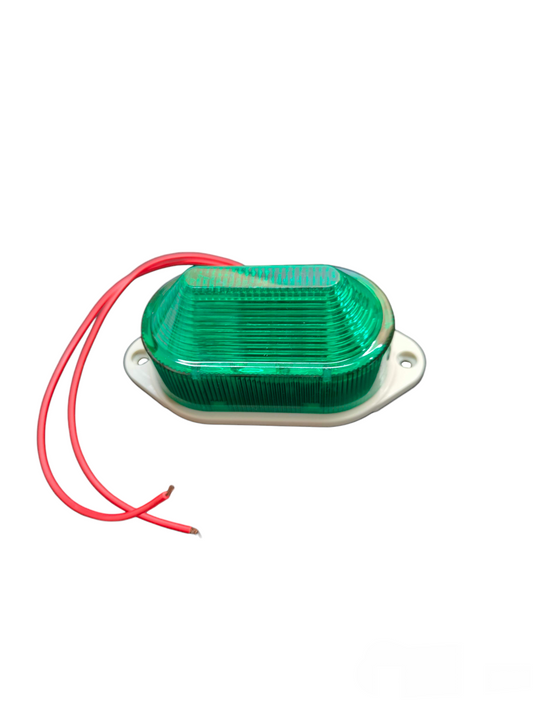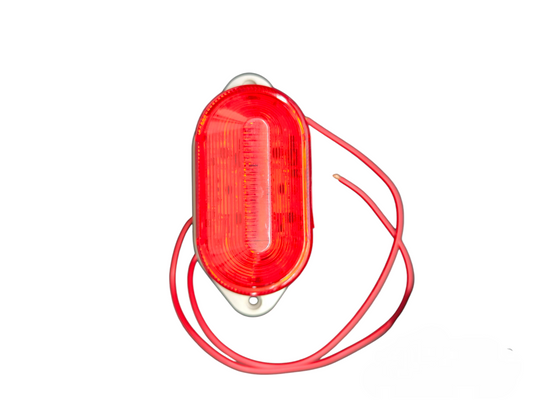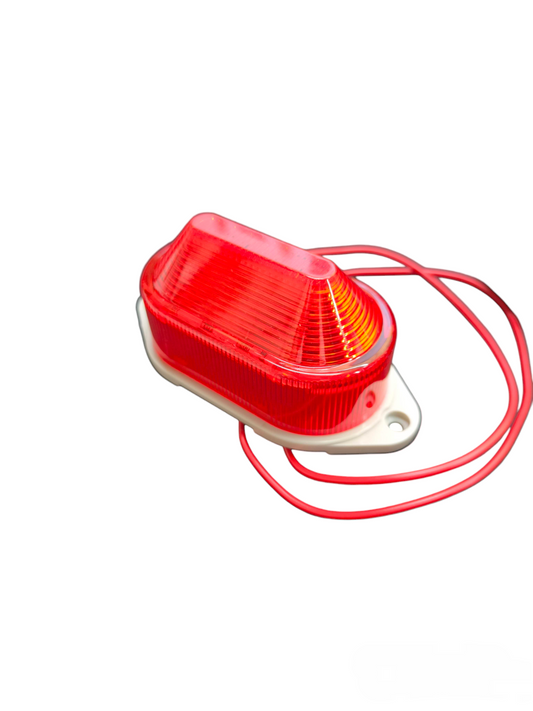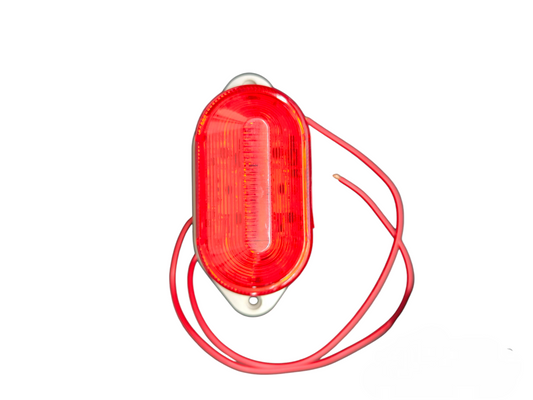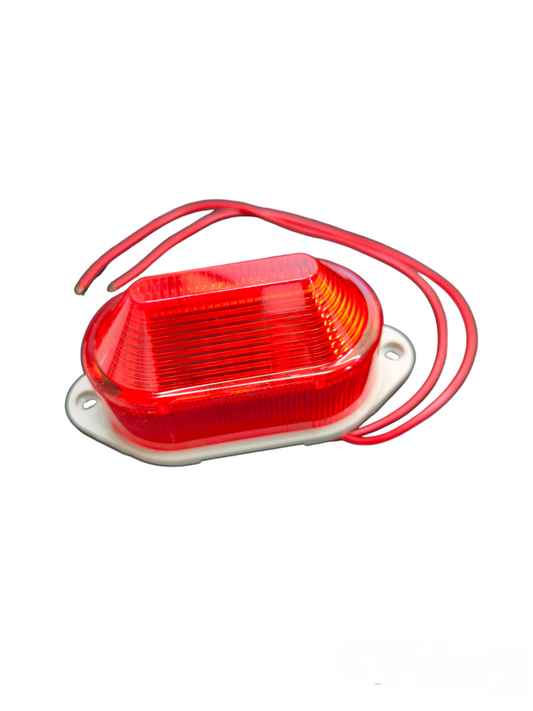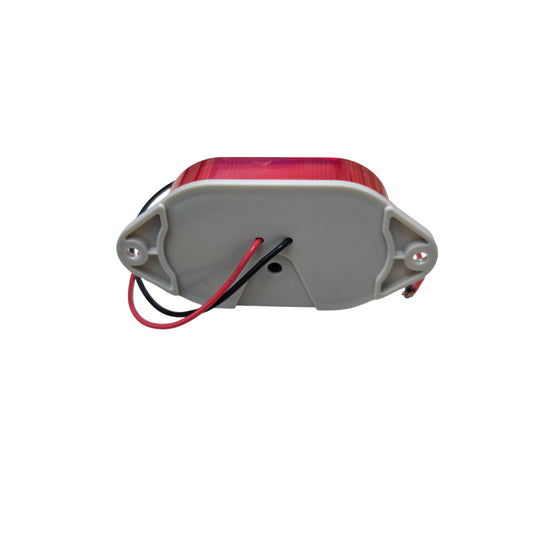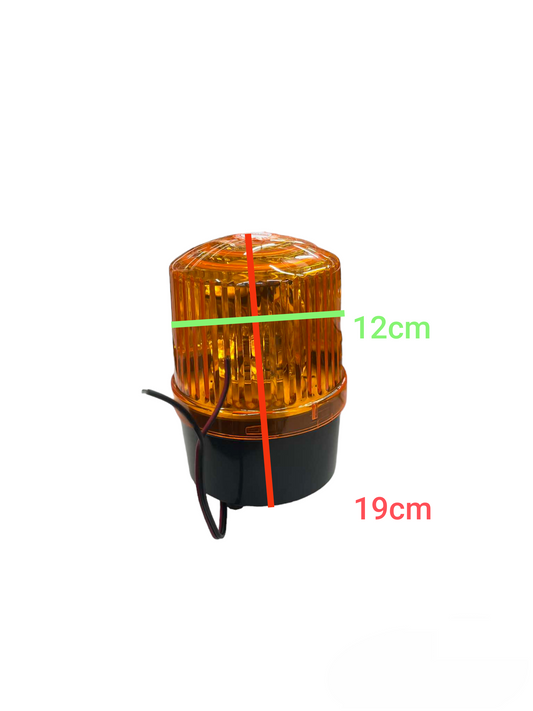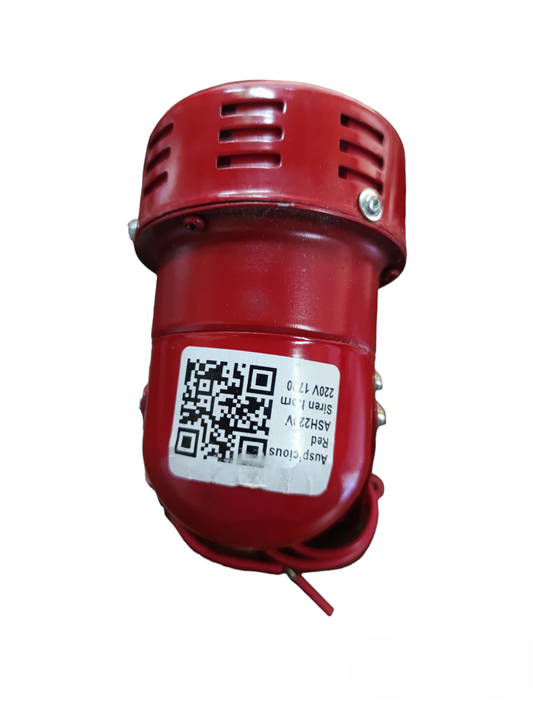-
Code Red Strobe Light LED, Warning Light LED 12/24V Amber
Vendor:Code RedRegular price ₱1,250.00 PHPRegular price₱1,650.00 PHPSale price ₱1,250.00 PHPSale -
Code Red Strobe Light Red/Blue Warning Light 12V with Magnetic Base 9 Flash
Vendor:Code RedRegular price ₱1,200.00 PHPRegular price₱1,500.00 PHPSale price ₱1,200.00 PHPSale -
Code Red Strobe Light Red Warning Light 24V with Magnetic Base 9 Flash
Vendor:Code RedRegular price ₱1,200.00 PHPRegular price₱1,500.00 PHPSale price ₱1,200.00 PHPSold out -
Code Red Strobe Light Red Warning Light 12V with Magnetic Base 9 Flash
Vendor:Code RedRegular price ₱1,200.00 PHPRegular price₱1,500.00 PHPSale price ₱1,200.00 PHPSold out -
Code Red Strobe Light Amber Warning Light 24V with Magnetic Base 9 Flash
Vendor:Code RedRegular price ₱1,200.00 PHPRegular price₱1,500.00 PHPSale price ₱1,200.00 PHPSale -
Code Red Strobe Light Amber Warning Light 12V with Magnetic Base 9 Flash
Vendor:Code RedRegular price ₱1,200.00 PHPRegular price₱1,200.00 PHPSale price ₱1,200.00 PHP -
Code Red Blue Strobe Light Warning Light 24V with Magnetic Base 9 Flash
Vendor:Code RedRegular price ₱1,200.00 PHPRegular price₱1,500.00 PHPSale price ₱1,200.00 PHPSale -
Code Red Blue Strobe Light Warning Light 12V with Magnetic Base 9 Flash
Vendor:Code RedRegular price ₱1,200.00 PHPRegular price₱1,500.00 PHPSale price ₱1,200.00 PHPSale -
Code Red White Strobe Light Warning Light 24V with Magnetic Base 9 Flash
Vendor:Code RedRegular price ₱1,200.00 PHPRegular price₱1,500.00 PHPSale price ₱1,200.00 PHPSale -
Code Red White Strobe Light Warning Light 12V with Magnetic Base 9 Flash
Vendor:Code RedRegular price ₱1,200.00 PHPRegular price₱1,500.00 PHPSale price ₱1,200.00 PHPSale -
Code Red Strobe Light Red/Blue Warning Light 24V with Magnetic Base 9 Flash
Vendor:Code RedRegular price ₱1,200.00 PHPRegular price₱1,200.00 PHPSale price ₱1,200.00 PHP -
Blue LED Warning Light with Siren 220V AC, Blinking Blinker LED Lamp Industrial Warning Design Strobe Light Function - Copy
Vendor:DenkoRegular price ₱585.00 PHPRegular price₱625.00 PHPSale price ₱585.00 PHPSale -
Blue LED Warning Light with Siren 12V DC, Blinker Blinking LED Lamp Industrial Warning Design Strobe Light Function
Vendor:DenkoRegular price ₱585.00 PHPRegular price₱625.00 PHPSale price ₱585.00 PHPSale -
Blue LED Warning Light 24V DC, Blinking Blinker Light Industrial Warning Lamp
Vendor:DenkoRegular price ₱485.00 PHPRegular price₱525.00 PHPSale price ₱485.00 PHPSale -
Blue LED Warning Light 12V DC, Blinking Blinker Industrial Warning Lamp
Vendor:DenkoRegular price ₱485.00 PHPRegular price₱525.00 PHPSale price ₱485.00 PHPSale -
Yellow LED Warning Light with Siren 220V AC, Blinker Blinking LED Lamp Industrial Warning Design Strobe Light Function
Vendor:DenkoRegular price ₱585.00 PHPRegular price₱585.00 PHPSale price ₱585.00 PHP -
Yellow LED Warning Light with Siren 24V DC, Blinking Blinker LED Lamp Industrial Warning Design Strobe Light Function
Vendor:DenkoRegular price ₱585.00 PHPRegular price₱625.00 PHPSale price ₱585.00 PHPSale -
Yellow LED Warning Light with Siren 12V DC, Blinking Blinker LED Lamp Industrial Warning Design Strobe Light Function
Vendor:DenkoRegular price ₱585.00 PHPRegular price₱625.00 PHPSale price ₱585.00 PHPSale -
Yellow LED Warning Light 220V AC, LED Blinker Light, Industrial Warning Lamp
Vendor:DenkoRegular price ₱485.00 PHPRegular price₱485.00 PHPSale price ₱485.00 PHP -
Yellow LED Warning Light 24V DC, Blinking Blinker Light, Industrial Warning Lamp
Vendor:DenkoRegular price ₱485.00 PHPRegular price₱525.00 PHPSale price ₱485.00 PHPSale -
Yellow LED Warning Light 12V DC, Blinker Blinking Light, Industrial Warning Lamp
Vendor:DenkoRegular price ₱485.00 PHPRegular price₱525.00 PHPSale price ₱485.00 PHPSale -
Green LED Warning Light with Siren 220V AC, Blinker Blinking LED Lamp Industrial Warning Design Strobe Light Function
Vendor:DenkoRegular price ₱585.00 PHPRegular price₱635.00 PHPSale price ₱585.00 PHPSale -
Green LED Warning Light with Siren 24V DC, Blinker Blinking LED Lamp Industrial Warning Design Strobe Light Function
Vendor:DenkoRegular price ₱585.00 PHPRegular price₱635.00 PHPSale price ₱585.00 PHPSale -
Green LED Warning Light with Siren 12V DC, Blinker Blinking Lamp Industrial Warning Design Strobe Light Function
Vendor:DenkoRegular price ₱585.00 PHPRegular price₱635.00 PHPSale price ₱585.00 PHPSale -
Green LED Warning Light 220V, Blinker Blinking Light, Industrial Warning Lamp
Vendor:DenkoRegular price ₱485.00 PHPRegular price₱525.00 PHPSale price ₱485.00 PHPSale -
Green LED Warning Light 24V DC, Blinker Blinking Light, Industrial Warning Lamp
Vendor:DenkoRegular price ₱485.00 PHPRegular price₱525.00 PHPSale price ₱485.00 PHPSale -
Green LED Warning Light 12V DC, Blinker Blinking, Industrial Warning Lamp
Vendor:DenkoRegular price ₱485.00 PHPRegular price₱525.00 PHPSale price ₱485.00 PHPSale -
Red LED Warning Light with Siren 220V AC, Blinker Blinking LED Lamp Industrial Warning Design Strobe Light Function
Vendor:DenkoRegular price ₱585.00 PHPRegular price₱625.00 PHPSale price ₱585.00 PHPSale -
Red LED Warning Light with Siren 24V DC, Blinker Blinking LED Lamp Industrial Warning Design Strobe Light Function
Vendor:DenkoRegular price ₱585.00 PHPRegular price₱585.00 PHPSale price ₱585.00 PHP -
Red LED Warning Light with Siren 12V DC, Blinker Blinking LED Lamp Industrial Warning Design Strobe Light Function
Vendor:DenkoRegular price ₱585.00 PHPRegular price₱625.00 PHPSale price ₱585.00 PHPSale -
Red LED Warning Light 220V, LED Blinker, Industrial Warning Lamp
Vendor:DenkoRegular price ₱485.00 PHPRegular price₱485.00 PHPSale price ₱485.00 PHP -
Red LED Warning Light 24V DC ,Blinker, Industrial Warning Lamp Design
Vendor:DenkoRegular price ₱485.00 PHPRegular price₱520.00 PHPSale price ₱485.00 PHPSale -
Red LED Warning Light, Blinker Light, Industrial Warning Lamp 12V DC
Vendor:DenkoRegular price ₱485.00 PHPRegular price₱525.00 PHPSale price ₱485.00 PHPSale -
Pentagon Warning Light Revolving Light Available in Amber or Red Color 12V or 24VDC
Vendor:PentagonRegular price ₱1,125.00 PHPRegular price₱1,125.00 PHPSale price ₱1,125.00 PHP -
Auspicious 220V Industrial Siren Horn for Security Systems
Vendor:AuspiciousRegular price ₱2,350.00 PHPRegular price₱2,350.00 PHPSale price ₱2,350.00 PHP -
Blue LED Warning Light 220V AC, Blinking Blinker Light Industrial Warning Lamp
Vendor:DenkoRegular price ₱485.00 PHPRegular price₱485.00 PHPSale price ₱485.00 PHP


